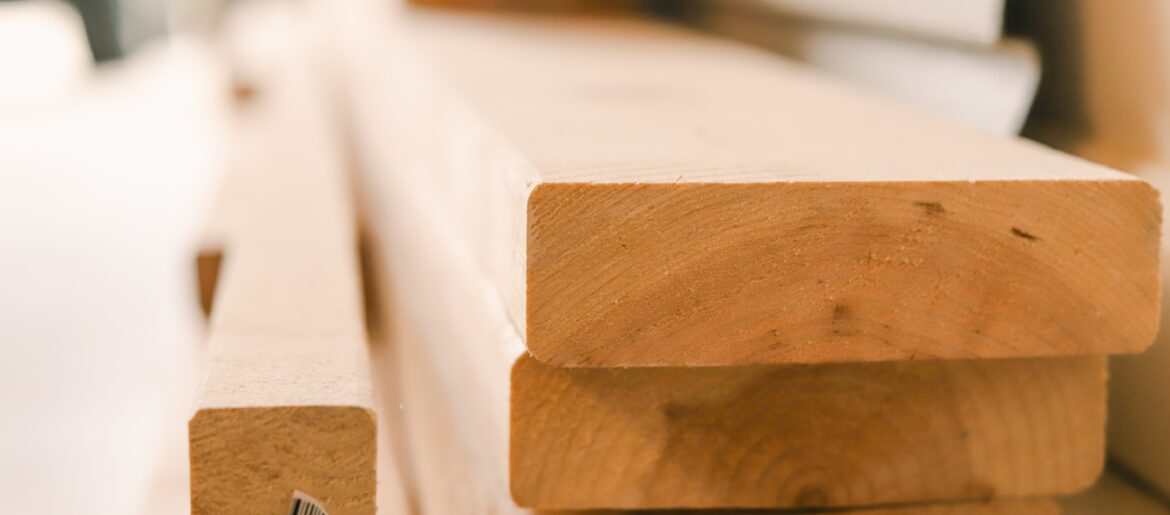
Timber! Lumber Prices are Finally Falling
After reaching historic highs during the pandemic, lumber prices are finally trending downward.
A combination of factors, including mill shut-downs, tariffs, massive forest fires that burned future stock and the demand for new housing, renovations and other at-home projects, have all contributed to the unprecedented demand for construction-grade lumber since mid-2020.
In March 2020, the futures price of lumber was $303.40 per thousand board feet. Over the next 14 months, the price reached a high of $1,607.50 in May 2021 — a more than five-fold increase.
During the same period, sawmills collectively struggled to keep up with demand, while losing workers to stay-at-home orders and illness.
The resulting math is simple: increased demand plus decreased supply equals soaring prices.
The economic impact of lumber prices has not been limited just to the builder sector. Chair of the Federal Reserve Jerome Powell recently stated that the supply shortages driving up the cost of lumber (and other goods) have contributed to rising inflation.
However, both the futures price and the current price of lumber declined substantially into June 2021, and industry experts believe the lumber price explosion is finally beginning to cool.
That’s good news, especially for the construction sector. Many builders have chosen to delay projects altogether, while those with projects already in process have suffered huge price overruns, causing them to halt construction or come out of pocket to pay for costs that exceed their construction financing.
According to Robert Dietz, chief economist at the National Association of Home Builders, if lowering prices are evidence of increasing supply, paused building projects should start bustling once again.
As more Americans are vaccinated, infection rates are decreasing and people are returning to work, strains on both supply and demand are decreasing. The nation’s 3,000 sawmills are once again buzzing at capacity, and as the workforce at large is no longer at home, home improvements and projects are a lesser priority. And since construction always slows during colder months, the fourth quarter of 2021 should see prices drop even further.
Through it all, economists have worried that America may be heading for a period of sustained, 1970’s-style inflation. However, the new trend is evidence of the market’s self-correction. It suggests that recent price increases are temporary and a result of mismatched supply and demand rather than runaway inflation caused by government stimulus efforts.
Kristina Hooper, chief global market strategist at investment management firm Invesco, painted an optimistic picture when she told The New York Times, “We don’t have that kind of buying frenzy that creates sustained inflation.”
Kyle Little, COO of Sherwood Lumber, concurred. He told Fox Business, “I think ultimately this decline was very much inevitable. We moved up to extreme hyper highs here over the first half of 2021 after a record move in 2020. This adjustment that we’re going through right now is just that. When you have over a 400% price move in about a 15-month period of time, the volatility involved with that will lead to price adjustments like we are experiencing right now.”
As professionals assisting lenders and borrowers during the construction process, QuickDraw Fund Control strives to keep pace with trends that affect its clients and thus maintain its status as a trusted industry partner. See how QuickDraw makes the fund disbursement process a positive experience for all at: https://quickdrawfc.wpengine.com.
